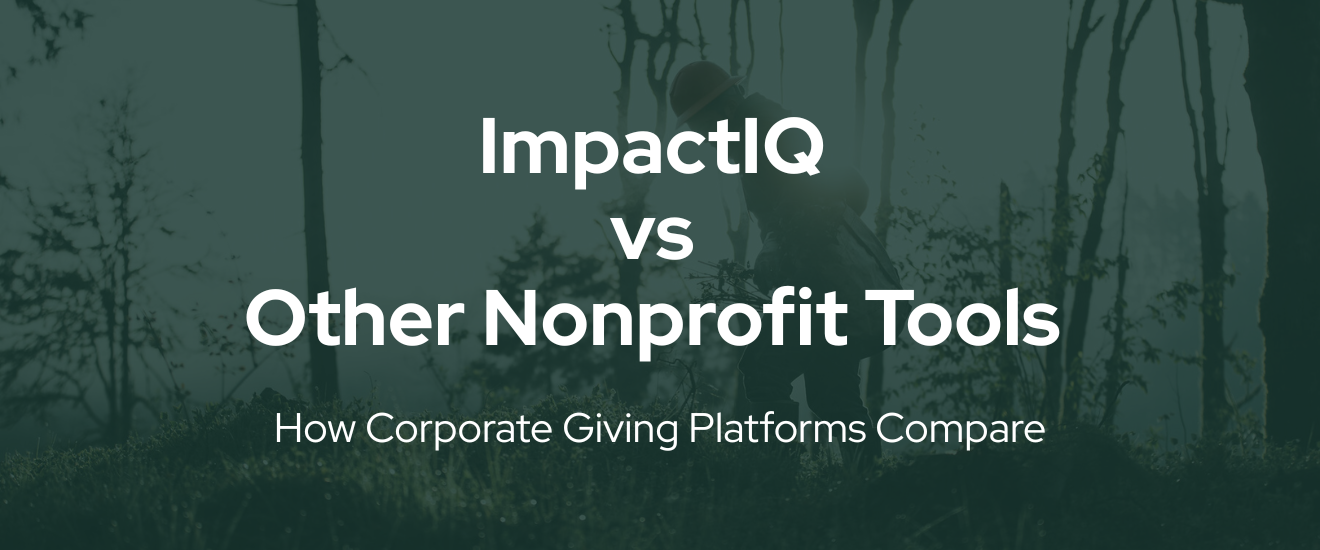Vertical Farming: Fresh Food Without the Food Miles
The Sustainable Solution Bringing Agriculture Into the City
Most of the fresh produce on UK shelves has travelled hundreds, sometimes thousands, of miles before it reaches your plate.
Those journeys — known as food miles — come with a carbon cost.
Farm Urban offers a different approach, growing greens right in the heart of Liverpool through vertical farming.
The result is food that’s fresher, more sustainable, and dramatically lower in transport emissions.
Understanding Food Miles
The term “food miles” was coined in the UK in the 1990s to describe the distance food travels from where it’s grown to where it’s eaten.
While agricultural production accounts for the majority of food-related greenhouse gas emissions, transportation is still a significant contributor — with some studies estimating it makes up nearly 20% of the total.
Reducing those miles can play an important role in creating a lower-carbon food system.
What is Vertical Farming?
Vertical farming is the practice of growing crops in stacked layers, often indoors, using methods like hydroponics and aeroponics.
These systems are climate-controlled, pesticide-free, and able to produce food year-round.
They can use up to 95–98% less water than traditional farming, require far less land, and produce more food per square metre.
How Farm Urban Cuts Food Miles
By growing crops inside Liverpool, Farm Urban delivers produce that travels a fraction of the distance compared to supermarket alternatives.
Shorter journeys mean fewer emissions from transport, less need for packaging, and reduced spoilage.
It also means customers get food that’s fresher, more nutritious, and full of flavour.
Broader Environmental Benefits
Vertical farms can support cities in more ways than just providing food.
They can contribute to urban cooling, reduce stormwater runoff, and help create green jobs.
When powered by renewable energy, they offer a pathway to truly low-carbon food production.
Addressing the Challenges
One challenge with vertical farming is energy use for lighting and temperature control.
If powered by fossil fuels, these systems can offset some of their carbon savings. Farm Urban is tackling this by using highly efficient LED lighting, optimising growing conditions, and looking for ways to integrate renewable energy.
As technology advances, the environmental footprint of vertical farming will continue to shrink.
Why Local Growing Matters
Local growing is about more than cutting emissions. It’s about building resilience in our food system, improving nutrition, and keeping more economic value within the community.
Farm Urban’s work shows that cities can grow their own food sustainably — and that doing so brings benefits far beyond the dinner plate.
Conclusion
Every time you choose produce from Farm Urban, you’re reducing food miles, supporting a more sustainable local food system, and enjoying fresh food that hasn’t been on a truck for days.
Vertical farming offers a smarter way to feed cities, and Farm Urban is proving it can be done right here in Liverpool.












